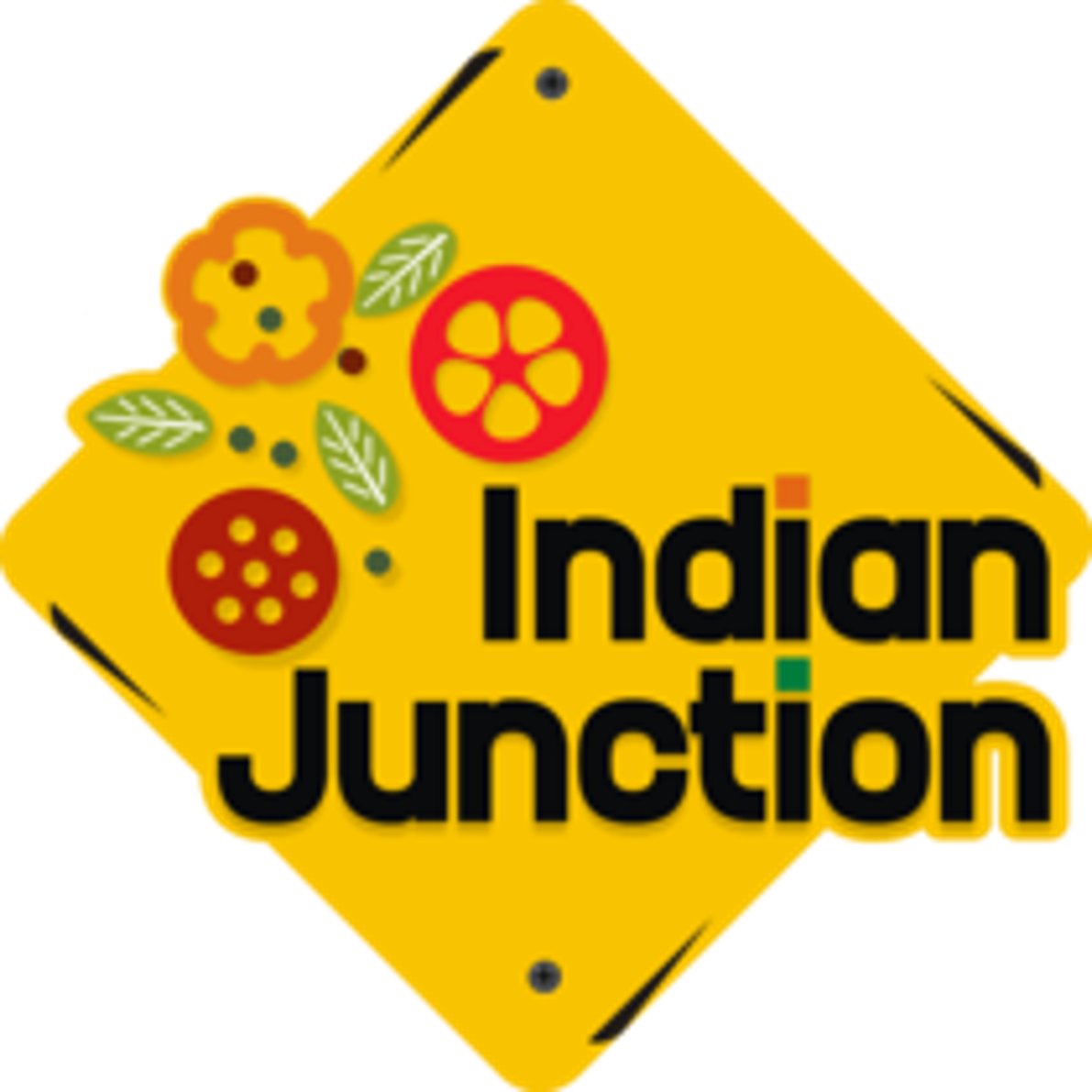Indian cuisine is more than just food—it’s a cultural experience, a story woven with spices, traditions, and centuries of evolution. With a history spanning over 5000 years, Indian cuisine has transformed from ancient Ayurvedic principles to the global fusion flavors of today. Whether it’s the rich Mughlai curries, the diverse regional specialties, or the modern Indo-Western fusion, Indian food continues to delight and surprise taste buds across the world.
Let’s take a journey through time to explore the fascinating history of Indian cuisine and understand how it has evolved into the flavorful treasure we know today.
Ancient Indian Cuisine: The Origins of Flavor
The history of Indian cuisine dates back to the Indus Valley Civilization (3300–1300 BCE), where early settlers cultivated wheat, barley, lentils, and dairy products. The concept of satvik (pure), rajasik (energetic), and tamasik (heavy) foods, based on Ayurveda, played a crucial role in shaping dietary habits.
🔹 Key Ingredients: Rice, lentils, wheat, dairy, honey, fruits, and locally available spices like turmeric, cumin, and coriander.
🔹 Cooking Methods: Steaming, roasting, and fermenting were common techniques.
🔹 Influence of Ayurveda: Food was not just nourishment; it was medicine. Spices like turmeric were used for their healing properties.
The Influence of Dynasties on Indian Cuisine
Over the centuries, different rulers and traders brought new ingredients, cooking techniques, and food traditions to India.
🔸 The Maurya & Gupta Empires (322 BCE – 550 CE)
These periods emphasized vegetarianism, influenced by Buddhism and Jainism. Spices like cinnamon, black pepper, and cardamom became integral to Indian cooking.
🔸 The Mughal Empire (1526–1857 CE)
The Mughals introduced the luxurious Mughlai cuisine, which combined Persian flavors with Indian spices. Dishes like biryani, kebabs, korma, and rich gravies became a staple of royal feasts.
- Key Ingredients: Saffron, nuts, dried fruits, and aromatic spices.
- Cooking Techniques: Dum cooking (slow-cooking), tandoor grilling, and rich marination methods.
🔸 The British Raj (1858–1947 CE)
The British influence led to the introduction of tea culture, bread, and biscuits in India. Anglo-Indian dishes like Mulligatawny soup and Kedgeree emerged from this period.
Indian Cuisine: A Fusion of Regional Flavors
India’s culinary diversity is unparalleled, with each state offering unique flavors and techniques:
North Indian Cuisine 🌶️
- Known for buttery curries, tandoori dishes, and stuffed breads like naan and parathas.
- Popular dishes: Butter Chicken, Dal Makhani, Rogan Josh
- Heavy use of dairy products like ghee, paneer, and yogurt.
South Indian Cuisine 🍛
- Dominated by rice, coconut, tamarind, and curry leaves.
- Famous dishes: Dosa, Idli, Sambhar, Hyderabadi Biryani
- Cooking style includes fermentation and tempering (tadka).
East Indian Cuisine 🍚
- Known for mild flavors, seafood, and desserts.
- Famous dishes: Fish Curry, Rasgulla, Mishti Doi
- Influenced by Bengali and Assamese cooking styles.
West Indian Cuisine 🍲
- Includes spicy curries, coastal seafood, and street food.
- Popular dishes: Pav Bhaji, Vada Pav, Goan Fish Curry
- Rajasthani cuisine is known for Dal Baati Churma and Gatte Ki Sabzi.
Indian Cuisine: A Global Phenomenon
With Indian migration across the world, Indian cuisine has blended with global flavors, creating exciting fusion dishes:
🌍 Indo-Chinese Cuisine – Manchurian, Hakka Noodles, and Chilli Paneer.
🇬🇧 British-Indian Fusion – Chicken Tikka Masala, now considered Britain’s national dish!
🇺🇸 Indian-American Fusion – Turmeric lattes, naan tacos, and butter chicken pizza.
Restaurants worldwide now feature Indian flavors in gourmet and street food menus, proving that India’s culinary influence is here to stay!
Indian Cuisine: Then vs. Now
| Traditional Indian Cuisine | Modern Indian Fusion |
|---|---|
| Ayurveda-based cooking | Experimentation with global ingredients |
| Slow-cooked, elaborate meals | Quick, street-style fusion food |
| Ghee, fresh spices, and grinding masalas at home | Pre-packaged spice blends and ready-made sauces |
| Regional specialties passed through generations | Fusion dishes combining Indian flavors with Western styles |
While traditional recipes remain close to Indian hearts, modern chefs are pushing the boundaries, making Indian cuisine more accessible to the global palate.
Where to Experience Authentic Indian Cuisine?
If you’re craving delicious, authentic Indian food, visit Indian Junction! Whether it’s the buttery richness of North Indian curries, the tangy flavors of South Indian dishes, or the mouth-watering street food from Mumbai, Indian Junction brings the taste of India to your plate.
🍛 Why Choose Indian Junction?
✔️ Fresh, high-quality ingredients
✔️ Traditional and modern fusion flavors
✔️ A wide variety of vegetarian and non-vegetarian dishes
Visit Indian Junction today and indulge in the rich flavors of India!
Conclusion: Indian Cuisine – A Timeless Treasure
From its ancient Ayurvedic roots to its modern global fusion, Indian cuisine continues to evolve while staying true to its traditions. Each dish tells a story—of emperors and merchants, of grandmothers passing down secret recipes, and of a nation that loves its food.
So whether you’re enjoying a classic butter chicken or experimenting with a spiced quinoa bowl, know that you’re part of a 5,000-year-old culinary legacy that celebrates diversity, flavor, and culture.
Hungry for authentic Indian flavors? Head over to Indian Junction and experience the best of Indian cuisine today!
🥘 What’s your favorite Indian dish? Let us know in the comments! 🍛



